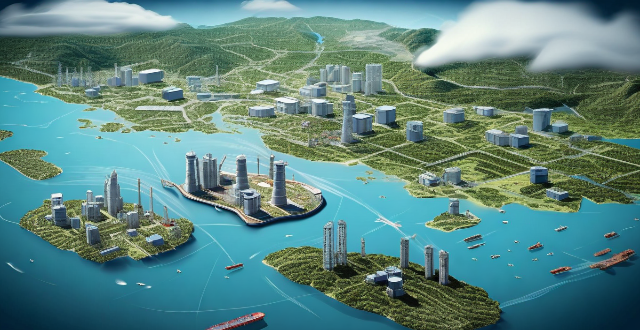Geoengineering, also known as climate engineering or earth system management, refers to the intentional manipulation of the global climate on a large scale to counteract the effects of global warming and reduce the risks associated with climate change. While geoengineering has potential benefits such as mitigating climate change, providing faster responses compared to conventional methods, and being relatively inexpensive, it also comes with uncertainties regarding long-term effects, lack of international regulation and governance, and limited scope compared to other mitigation strategies. Therefore, geoengineering should not be seen as a substitute for conventional mitigation strategies but rather complement them. Extensive research and international cooperation are essential before implementing any large-scale geoengineering projects to ensure their safety and effectiveness in addressing climate change challenges.

Is Geoengineering a Viable Solution to Global Warming?
Geoengineering, also known as climate engineering or earth system management, refers to the intentional manipulation of the global climate on a large scale. The primary goal of geoengineering is to counteract the effects of global warming and reduce the risks associated with climate change. However, the question remains: is geoengineering a viable solution to global warming?
Pros of Geoengineering
1. Potential to Mitigate Climate Change
One significant advantage of geoengineering is its potential to mitigate the impacts of climate change. For instance, techniques such as solar radiation management (SRM) involve injecting reflective particles into the stratosphere to reflect sunlight back into space, which could help reduce global temperatures. Similarly, carbon dioxide removal (CDR) methods aim to remove excess CO2 from the atmosphere, thereby reducing the greenhouse effect.
2. Faster Response Time Compared to Conventional Methods
Compared to conventional methods like renewable energy deployment and reforestation, geoengineering can provide faster responses to rising temperatures. This rapid response time makes it an attractive option for policymakers seeking immediate solutions to address critical climate change issues.
3. Low Cost Compared to Other Mitigation Strategies
Some forms of geoengineering, such as SRM, are relatively inexpensive compared to other mitigation strategies like transitioning to renewable energy sources or implementing energy-efficient technologies. This cost-effectiveness may make geoengineering an appealing option for countries with limited resources.
Cons of Geoengineering
1. Uncertain Long-Term Effects
Despite its potential benefits, geoengineering comes with several uncertainties regarding long-term effects. For example, using SRM could lead to unintended consequences such as changes in precipitation patterns, agricultural productivity, and ecosystem disruptions. Additionally, there is no guarantee that stopping geoengineering efforts would not result in sudden temperature increases due to the "termination effect."
2. Lack of International Regulation and Governance
The lack of international regulation and governance over geoengineering activities raises concerns about equitable distribution of benefits and risks among different countries. Without proper oversight, some nations might undertake unilateral actions without considering their impact on others, leading to potential conflicts and ethical dilemmas.
3. Limited Scope Compared to Conventional Mitigation Strategies
While geoengineering can help reduce global temperatures, it cannot address all aspects of climate change. For instance, it does not directly reduce ocean acidification caused by increased CO2 levels or protect biodiversity from habitat loss due to human activities. Therefore, relying solely on geoengineering as a solution would be insufficient in tackling the complex challenges posed by climate change.
Conclusion
In conclusion, while geoengineering presents itself as a potential solution to global warming, it should not be viewed as a silver bullet or a substitute for conventional mitigation strategies. Instead, it should complement existing efforts aimed at reducing greenhouse gas emissions and promoting sustainable development practices. Moreover, extensive research and international cooperation are essential before implementing any large-scale geoengineering projects to ensure their safety and effectiveness in addressing climate change challenges.